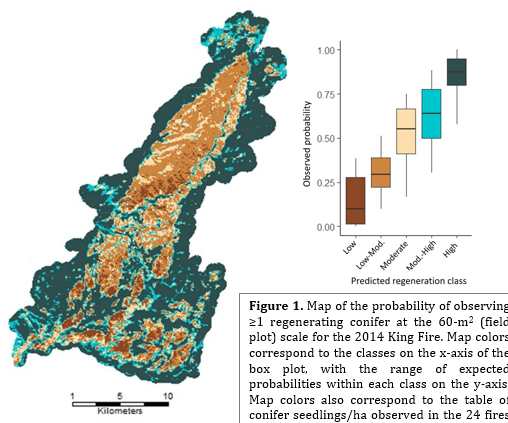Community Conversations: Applying Traditional Knowledge to Fire Management: Research Brief
/The authors use this paper to highlight some challenges and solutions in applying TK and western knowledge (WK) to current approaches of wildland fire, fuels, and natural and cultural resource management.
Read More























